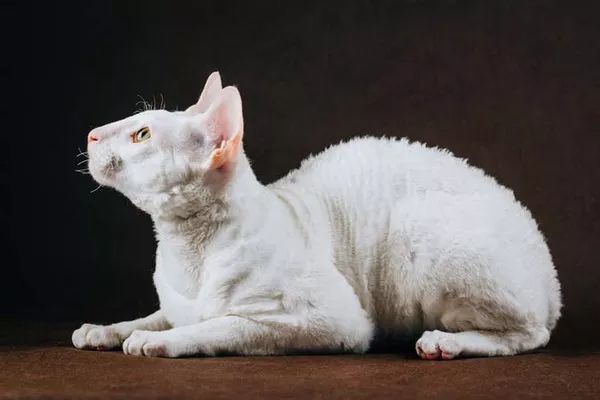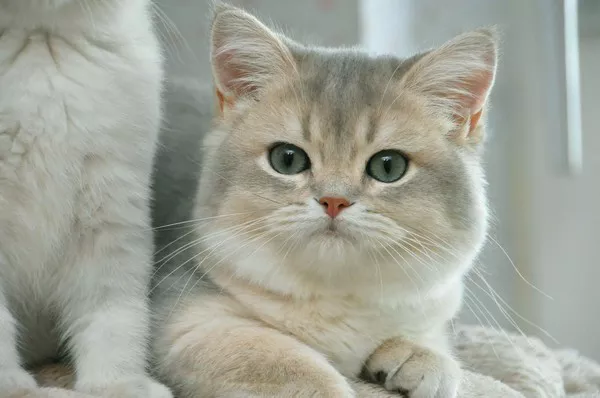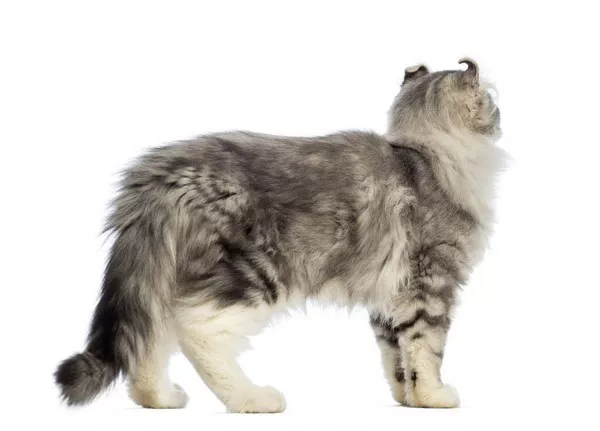Cornish Rex cats are renowned for their distinctive wavy fur, large ears, and elegant appearance. But it’s not just their unique coat texture that sets them apart. These feline wonders also display a captivating array of coat colors and patterns. In this article, we delve into the fascinating world of Cornish Rex cat genetics, exploring how they get their colors, the genes responsible for their distinctive appearances, and the intricacies of their coat patterns.
Cornish Rex Coat Variations
Cornish Rex cats come in a variety of coat colors and patterns, making each one unique. Some of the most common coat colors include:
Solid Colors: These cats have a single, uniform color across their entire body. Common solid colors in Cornish Rex cats include white, black, cream, and blue.
Bi-Colors: Bi-color Cornish Rex cats typically have one primary color covering most of their body with a secondary color on their face, paws, and tail.
Tri-Colors (Calico): Tri-color Cornish Rex cats have three distinct colors in their coat pattern, often in patches. The classic calico pattern includes white, black, and orange.
Tabby Patterns: Cornish Rex cats can also exhibit tabby patterns, characterized by distinct stripes, swirls, or spots in various colors.
Colorpoint: This pattern features a pale body color with darker coloration on the ears, face, paws, and tail, similar to Siamese cats.
Understanding Cornish Rex Cat Genetics
The coat colors and patterns of Cornish Rex cats are primarily determined by genetic factors. Here’s a closer look at how these genetics work:
Coat Color Genes: Genes located on a cat’s chromosomes dictate the production of pigments responsible for coat color. The two main pigment types are eumelanin (producing black or brown) and pheomelanin (producing red or yellow). The combination of these pigments results in various coat colors.
Recessive and Dominant Genes: Coat color genes can be either recessive or dominant. Dominant genes override recessive ones, determining the cat’s visible coat color. For example, a dominant black gene (B) produces black fur, while a recessive non-black gene (b) results in a different color.
Multiple Alleles: Each coat color gene can have multiple alleles, creating a range of possibilities. For instance, the gene responsible for black color (B) can have several variations, leading to different shades of black.
Polygenic Traits: Some coat patterns, like tabby stripes, are polygenic, meaning they result from the interaction of multiple genes. This complexity can produce a wide variety of patterns.
Sex-Linked Genes: Some coat color genes are linked to a cat’s sex chromosomes. For example, the gene responsible for orange fur (O) is located on the X chromosome. Female cats with two orange alleles (OO) are typically orange, while males with one orange allele (OY) are often calico.
The Genetics Behind Specific Cornish Rex Coat Colors
Let’s explore the genetics behind a few specific Cornish Rex coat colors:
Black: The black color in cats is typically governed by the B gene, which is dominant. Cats with two dominant black genes (BB) are solid black, while those with one dominant black gene and one recessive non-black gene (Bb) may have another color, depending on the non-black gene involved.
Red/Orange: The gene responsible for red or orange fur is called the “O” gene, which is located on the X chromosome. Female cats with two O alleles (OO) are typically red or orange, while males with one O allele (OY) are often calico, with both orange and non-orange patches.
Blue: The blue color in cats is the result of a dilution gene (dd) acting on the black color. A cat with one dilution gene (Dd) will have a lighter blue-gray coat, while a cat with two dilution genes (dd) will be a solid blue-gray color.
Calico (Tri-Color): The classic calico pattern is the result of a cat carrying both the black (B) and orange (O) genes, resulting in a patchwork of black, orange, and white.
Tabby Patterns: Tabby patterns are polygenic and can involve multiple genes. The specific pattern (stripes, swirls, spots) and coloration vary depending on the combination of genes involved.
Coat Color Changes in Cornish Rex Kittens
Cornish Rex kittens may not display their final coat colors and patterns immediately. The color of their kitten coat often changes as they mature. This change, known as “kitten fuzz,” is common in many cat breeds, including Cornish Rex. The final coat color and pattern may not become apparent until the kitten is several months old.
The Role of Breeding
Breeding plays a significant role in producing specific coat colors and patterns in Cornish Rex cats. Experienced breeders carefully select mating pairs based on their genetic makeup to achieve desired colors and patterns in their litters. This selective breeding process helps maintain and enhance the distinctive coat variations that make Cornish Rex cats so captivating.
Conclusion
The captivating coat colors and patterns of Cornish Rex cats are the result of complex genetic interactions. Understanding the genetics behind these variations adds depth to our appreciation of these remarkable feline companions. Whether you’re drawn to their solid colors, bi-colors, tri-colors, tabby patterns, or colorpoint elegance, Cornish Rex cats continue to captivate the hearts of cat enthusiasts with their unique and beautiful coats.


























